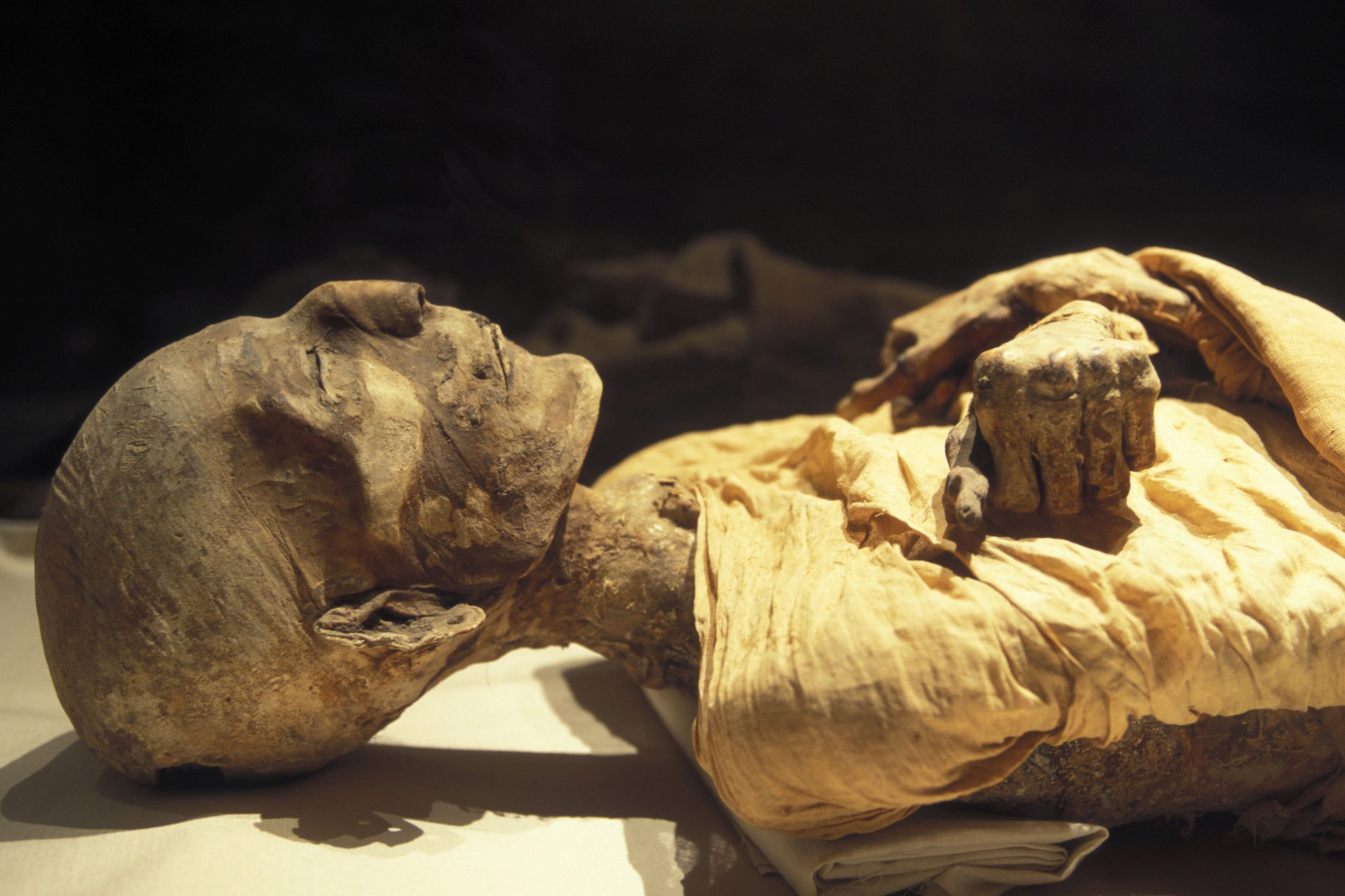An ancient Greek city settled about 2,500 years ago has been discovered underground in Naples, Italy. This old city was not excavated, but was searched using cosmic rays.
The findings were presented by researchers in the journal Scientific Reports. The paper reported that the underground tombs of ancient Christians who lived in the old city were discovered.
Now the old city is buried underground in the center of Naples. Scholars knew that there was an old city here from Kate, but they were unable to excavate because of the new city above.
Now, using the latest space-ray technology, scholars have the opportunity to see the old city underground without excavation.

Now, in technology, they study by using particles called muons. These muons are particles that are heavier than electrons and are created by cosmic rays in the Earth’s atmosphere. Muons are produced by high-speed collisions between space rays and atmospheric particles.
Now, in order to see the old city, the sensors that can capture these muons must first be installed at a depth of 18 meters underground. Then they capture the muons that pass through the earth for many weeks.
The captured information has to be reconstructed with a computer. In this way, you can see the old city buried underground without digging.
The old city was called Cumae in the past and was once called Neapolis.
This discovery is not the first in this area. Last week, an ancient Greek temple was discovered in the sea off the coast of Naples. This temple is dedicated to the Greek god Dushara and is estimated to be around the 3rd century BC.



